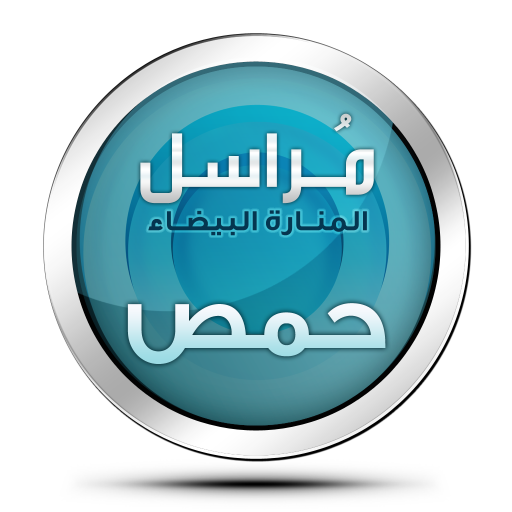
__________________
To inquire about a translation for this video message for a fee email: [email protected]
Category: Jabhah al-Nuṣrah
GUEST POST: The Fitna in Deraa and the Islamic State Angle
As with all guest posts, the opinions expressed below are those of the guest author and they do not necessarily represent the views of this blogs administrator and does not at all represent his employer at the Washington Institute for Near East Policy.
Jihadology.net aims to not only provide primary sources for researchers and occasional analysis of them, but also to allow other young and upcoming students as well as established academics or policy wonks to contribute original analysis on issues related to jihadism. If you would like to contribute a piece, please email your idea/post to azelin [at] jihadology [dot] net.
Click here to see an archive of all guest posts.
—
The Fitna in Deraa and the Islamic State Angle
By Aymenn al-Tamimi
International attention has justifiably focused on the recent Islamic State [IS] attacks in Brussels, but at the same time within Syria the most intense round of infighting among rebel factions in the southern province of Deraa has broken out. This fighting is said to be tied to the existence of IS cells and affiliates in Deraa, though IS itself has not said anything about the events on its official media channels, and to date there is no wilayat Deraa (‘Deraa province’) declared in the area. So who are the groups involved? And how far are they connected to IS if at all?
The most prominent aspect of the infighting is a continuation of the war in the southwest corner of the province between Liwa Shuhada’ al-Yarmouk (Yarmouk Martyrs Brigade- LSY) and Syrian al-Qa’ida affiliate Jabhat al-Nusra, which is a leading player along with Ahrar al-Sham in a southern Jaysh al-Fatah coalition in imitation of the successful rebel alliance that expelled the Assad regime from Idlib province in spring 2015. The war itself traces back to clashes between Jabhat al-Nusra and LSY in December 2014 on the grounds that the latter had links with IS.
Though there was widespread skepticism of that notion at the time, it is apparent from LSY’s own media output, discourse and actions since the initial clashes that it has open affinity with IS. Even so, LSY continues to deny in its own statements that it has links with IS, and on this basis many reports still characterize LSY as just pro-IS and/or a ‘wannabe.’ However, it is most likely that the LSY denials are encouraged by IS for fear of jeopardizing the project of building links and influence in Deraa. The reality is that LSY’s connections began around the summer of 2014, after the MOC operations command in Amman suspended support for LSY and IS announced its Caliphate. These first links were established online and through visits to IS territory.
A key figure in these initial interactions was the LSY Shari’i official Abu Muhammad al-Masalama, a veteran of the Afghan jihad who returned to southern Syria and eventually joined LSY. He was assassinated in November 2014. If one understands his role in establishing the connections between LSY and IS, it becomes clearer why Step News Agency described him in an obituary as “an important leader among the supporters of the Dawla organization in Deraa.”
More recently- and relevant to the latest developments- LSY announced the surprise appointment of a Saudi as its new amir: Abu Abdullah al-Madani. The move was unusual because the Deraa environment is much less welcoming than the north of Syria for muhajireen, partly because of local hostility but also because of the watchful eye of Jordanian intelligence and tight border controls. In keeping with the public denial of an IS connection, LSY framed the appointment of Madani as the owing of allegiance to him. However, he was actually sent by IS on account of the poor administrative skills of Abu Obeida Qahtan: a Palestinian-Syrian veteran of the Afghan jihad who was among the founders of LSY and succeeded the original leader al-Khal following his assassination in November 2015. The reshuffling of the leadership can perhaps be tied to plans for the new offensive LSY has launched, capturing the localities of Tasil and Sahm al-Jowlan from Jabhat al-Nusra and the rebels.
A group cooperating with LSY in the latest round of fighting is Harakat al-Muthanna al-Islamiya (Islamic Muthanna Movement- HMI). Whereas LSY, despite al-Khal’s radical background, was initially founded as an FSA-brand group, HMI was founded from the outset in 2012 as a Salafi jihadi group, headed by former Sednaya detainee Aamer Ayyub al-Masalama. That said, aware of local sensitivities and wishing to build popular support, HMI has always maintained a policy of rejecting muhajireen.
HMI is suspected by many of having links with IS- and for this reason has been on the radar of Israeli intelligence- but one does not see the open display of affinity that comes out in LSY. What may be considered as relevant evidence does not necessarily point one way or another. For example, a statement was issued by HMI in spring 2015 on the subject of IS: while HMI made clear it does not accept IS’ Caliphate declaration, the group praised IS for having fought “the states of kufr [disbelief] and their aides from the apostates,” and took a stance of neutrality on the fighting between IS and other factions, praying for an end to fitna. In addition, critics of HMI see IS affinities in its tactics of assassinations of rivals and running of secret prisons, which culminated in open clashes with a number of FSA Southern Front factions in January 2016, contributing to the fall of Sheikh Maskeen to the regime. HMI also rejects the authority of the Dar al-‘Adl, which is the main judicial authority among southern rebels, and has not participated with Jabhat al-Nusra and southern Jaysh al-Fatah in the war on LSY.
On the other hand, the group issued an internal directive in 2015 warning against reckless takfiri behaviour and was actually one of the first to clash with LSY in summer 2014 as LSY began establishing links with IS. Also, there is a degree of localization as regards HMI’s involvement in the latest fighting. For example, there are no signs of clashes between HMI and other rebels in Deraa al-Balad, the southern half of the provincial capital. The local outlet Naba’ media told me that this is because “members of al-Muthanna in the city have announced that they are only obligated to fight the regime.” As for the rejection of the Dar al-‘Adl, under which HMI initially worked but withdrew about a year ago, it should also be noted that Jabhat al-Nusra similarly rejects the body for its use of the Unified Arab Code, which combines civil and Shari’a law as opposed to jihadist groups’ vision of rule solely by God’s law.
Analytically, it is perhaps most appropriate to see a HMI as similar to Jund al-Aqsa, whose leadership rejects the IS Caliphate but insists one can only fight IS in strict self-defence, while some of its members sympathise with IS and have even defected. That said, the analogy is not exact because
New statement from Jabhat al-Nuṣrah: "Regarding the Apology of the Entrusted Committee With Judging With al-Furqah 13"
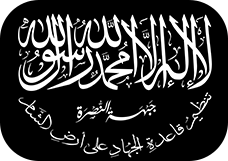
Click the following link for a safe PDF copy: Jabhat al-Nuṣrah — “Regarding the Apology of the Entrusted Committee With Judging With al-Furqah 13”
__________________
To inquire about a translation for this statement for a fee email: [email protected]
New video message from Jabhat al-Nuṣrah: "Story of the Life of Abū Basīr al-Hindī"
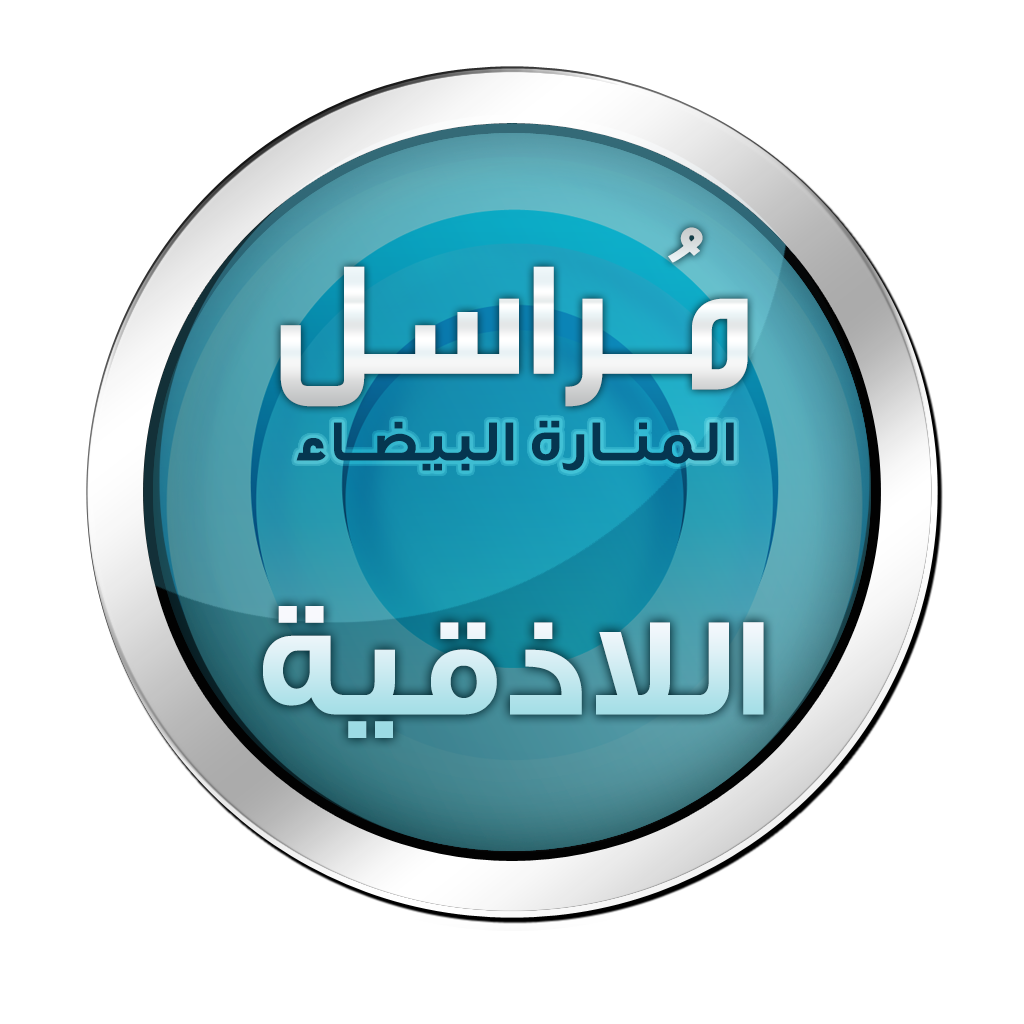
_______________
To inquire about a translation for this video message for a fee email: [email protected]
New video message from Jabhat al-Nuṣrah: "Five Years Since the Start of the Revolution"
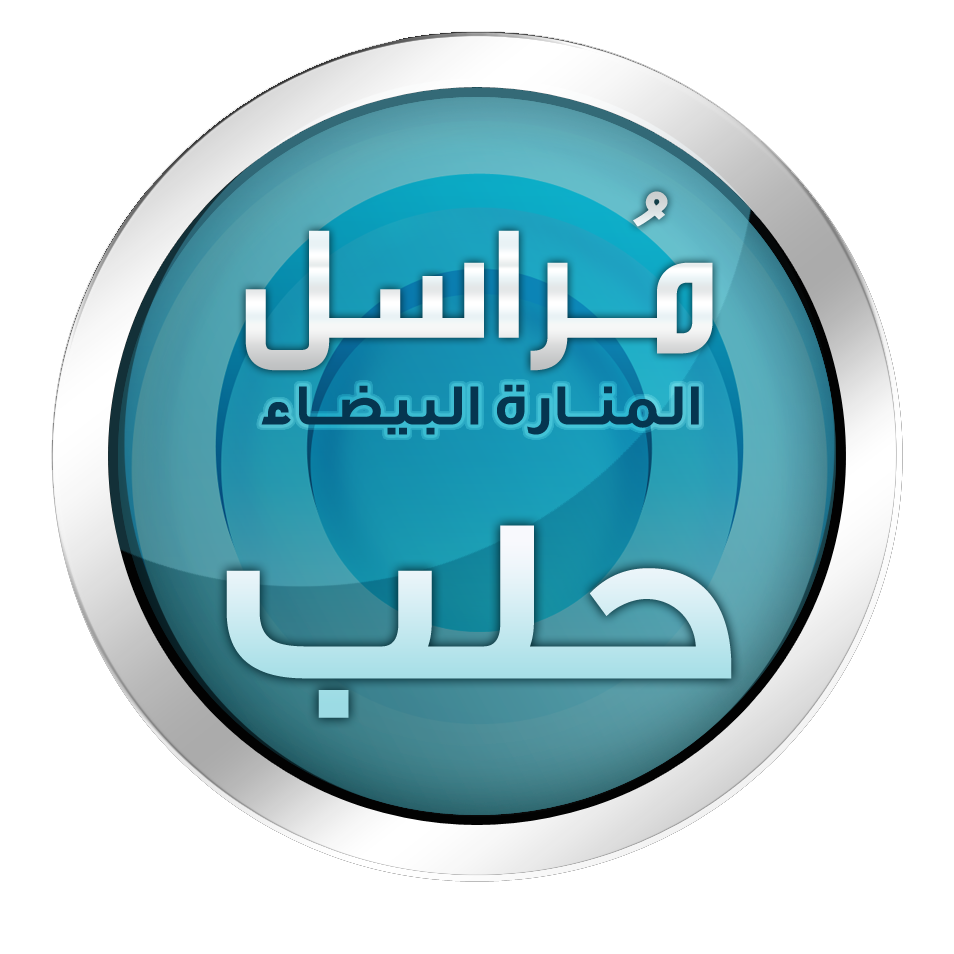
___________________
To inquire about a translation for this video message for a fee email: [email protected]
New video message from Jabhat al-Nuṣrah: "The Northern Countryside, Great Steadfastness: A Message From One of the Sons of the Town of Ḥayyān"

________________
To inquire about a translation for this video message for a fee email: [email protected]
New video message from Jabhat al-Nuṣrah: "Message on the Occasion of the Fifth Anniversary of the Syrian Revolution"
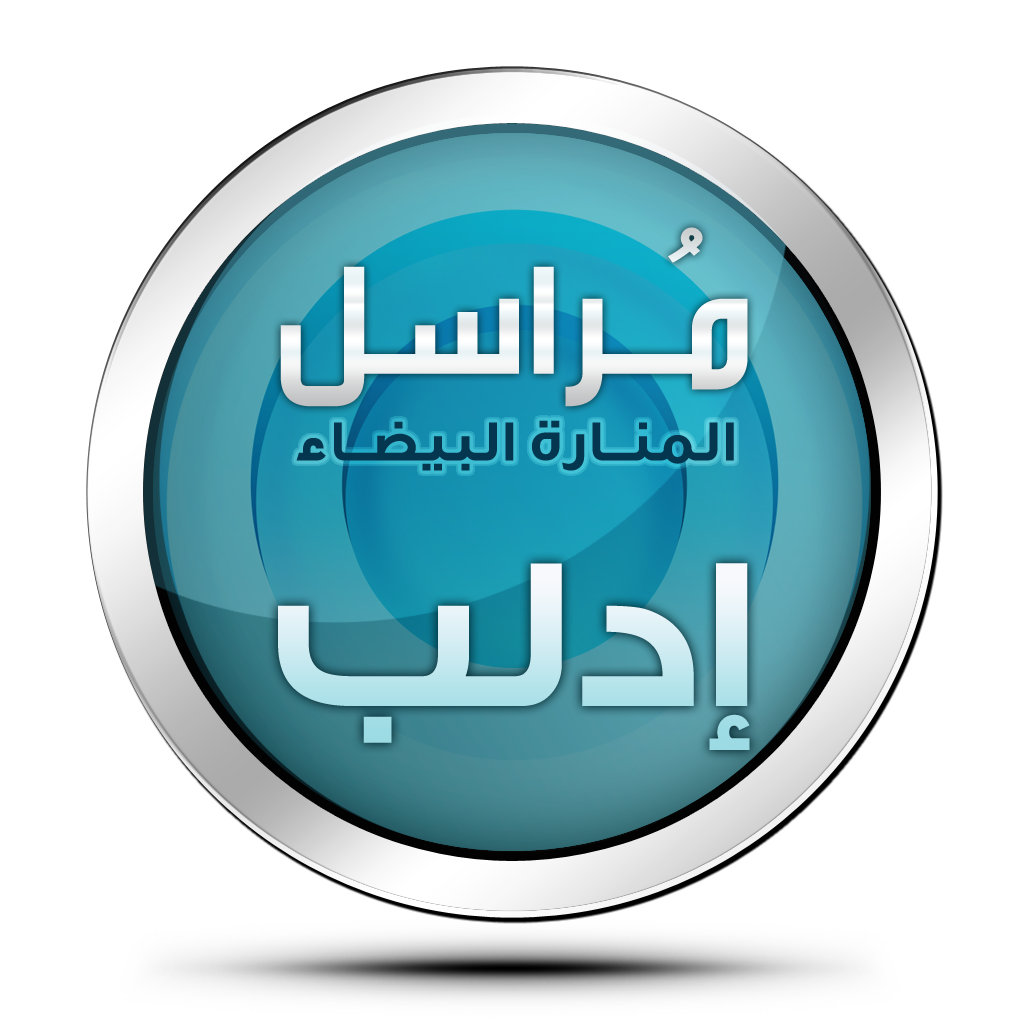
_________________
To inquire about a translation for this video message for a fee email: [email protected]
New statement from Jabhat al-Nuṣrah: "Obituary for the Military Commander in the South: Ṭāriq Maz'al al-Masāllamah (Abū Ṣalāḥ al 'Askarī)"

Click the following link for a safe PDF copy: Jabhat al-Nuṣrah — “Obituary for the Military Commander in the South- Ṭāriq Maz’al al-Masāllamah (Abū Ṣalāḥ al ‘Askarī)”
__________________
To inquire about a translation for this statement for a fee email: [email protected]
New video message from Jabhat al-Nuṣrah: "Covering a Da'wah Tent in Rural Ḥamāh"
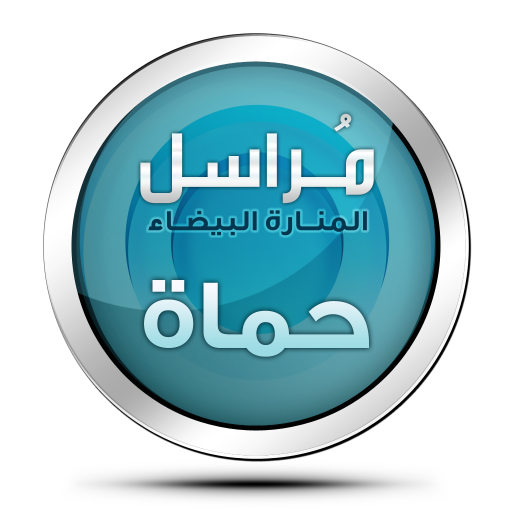
__________________
To inquire about a translation for this video message for a fee email: [email protected]
New video message from Jabhat al-Nuṣrah: "Words From People of al-Shām After Five Years of the Revolution"

__________________
To inquire about a translation for this video message for a fee email: [email protected]
